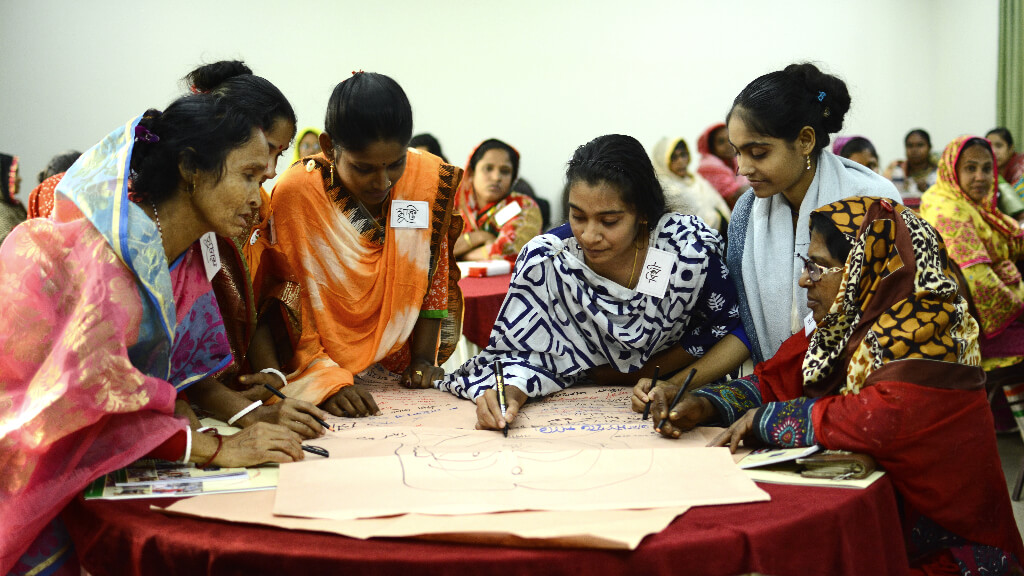VDT Planning Meeting
Purpose of the activity
- Local level planning to identify the problems and developing plans to address those problems
Facilitation – what type of person or team is required to facilitate the activity?
- THP staff or any influential leaders of VDT.
- Someone who is experienced and can inspire & motivate people
- A person who is able to lead a good team work effectively
- Someone who can make a session participatory
- Who is aware of our rural life, rural community and problems the rural people face, who is a good listener
**A single facilitator or a team of 2-3 is enough to facilitate the meeting.
Preparation – what should be done before the activity?
- A preparatory meeting with a focal group from the VDT
- Fixing a date, time and place
- Logistics arrangement
- Making sure that some of the villagers are present in the meeting with the other participants
Participants – who should participate? How many in each session?
- Village Development Team members
- Some selective villagers (a small group)
**15-25 participants should be present in each session.
Duration – how long does it take?
It is a day-long meeting.
Financial cost items
- Materials
- Food
- Communication cost
What are the “transformative” aspects of this activity? It shifts the mindset of participants from what to what?
- It creates a vision
- The participants can identify the platform of their actions
- It creates a sense of shared responsibilities
- Participants become aware of the problems in their own villages
- By identifying the problems, the spirit/enthusiasm to start or run a social movement rises in them
- It boosts the unity among themselves while working together for the wellbeing of the villagers
Upon participation in this meeting, the mindset of the participants become-
- Positive and accepting
- United to create a better future
- Determined, ambitious, dedicated, can-do attitude, vision-based movement
What are the content/factual learning objectives of the activity?
- How to develop a participatory planning
- How to utilize PRA (Participatory Rural Appraisal) tools
- How to engage the villagers who are facing the problems, to solve those problems
- How to grow ownership among the community people
Flow: from “welcome” to “thank you” what are the spaces the participants are taken through? If there are “power questions” that prompt each step, what are they?
- Welcome speech
- Influential speech by the facilitator
- Explanation of the objectives of the event
- Village Transect Walk
- Develop a Resource and Risk Map
- Open discussion to make an economic ranking of the villagers
- Identify major problems of the village
- Prioritize problems
- Action planning
- Thank you remarks
Follow-up: what should happen after the activity and how will we record it?
- Ensure to preserve the planning notes/ documents made by them (they preserve their own documents)
- Divide the responsibilities
- Conduct activities based on priorities
- Continue periodic follow-up meetings
- Regular evaluation and assessment
**These follow-up activities will be organized by the VDTs, where the Union Coordinators of THP will act like the catalysts.
VDTs will maintain registers/other organizing tools to preserve the documents. THP regional offices will collect data on regular basis to develop folders/files for each of the villages. Data need to be updated regularly. Regular documentation process may be followed.


